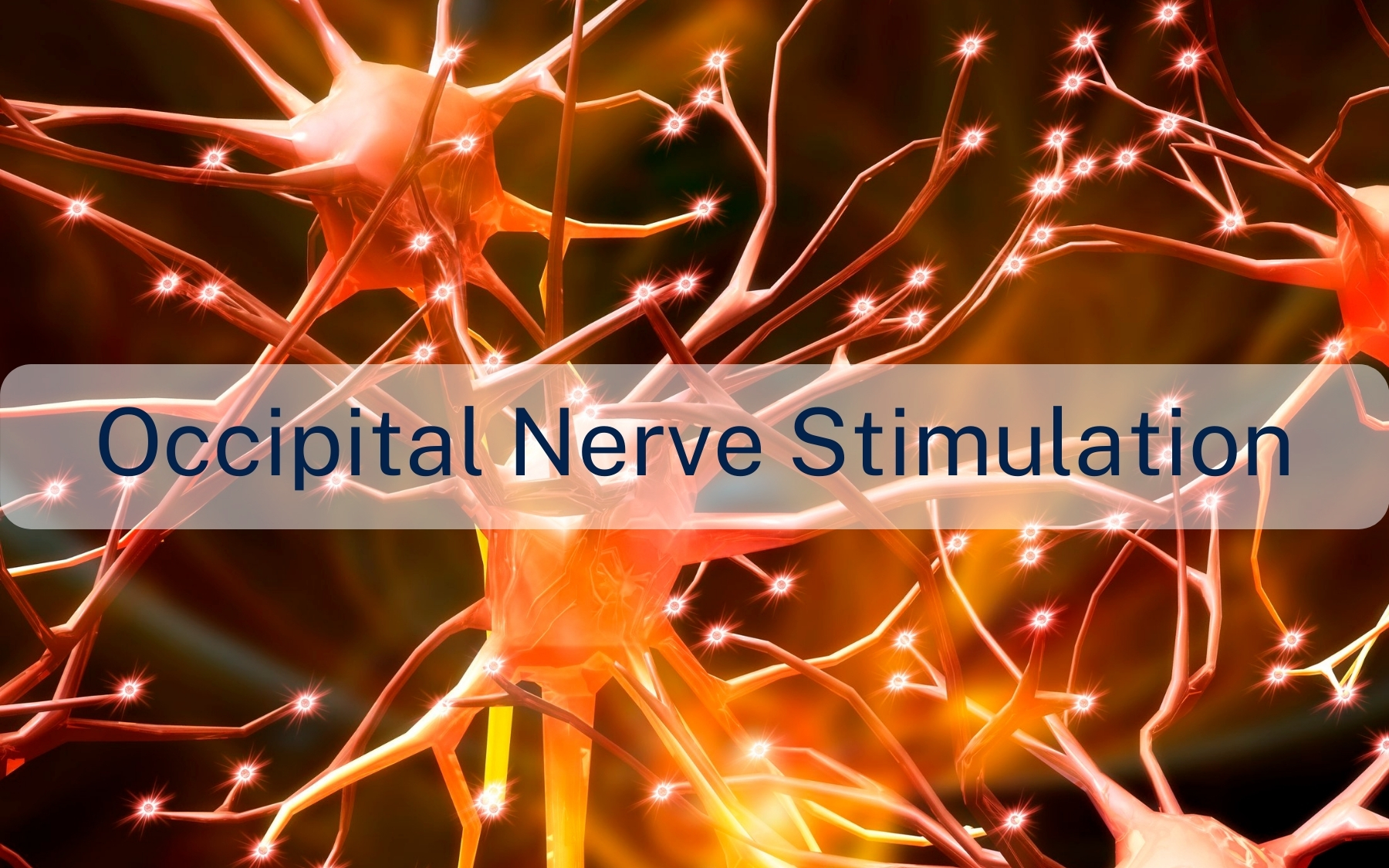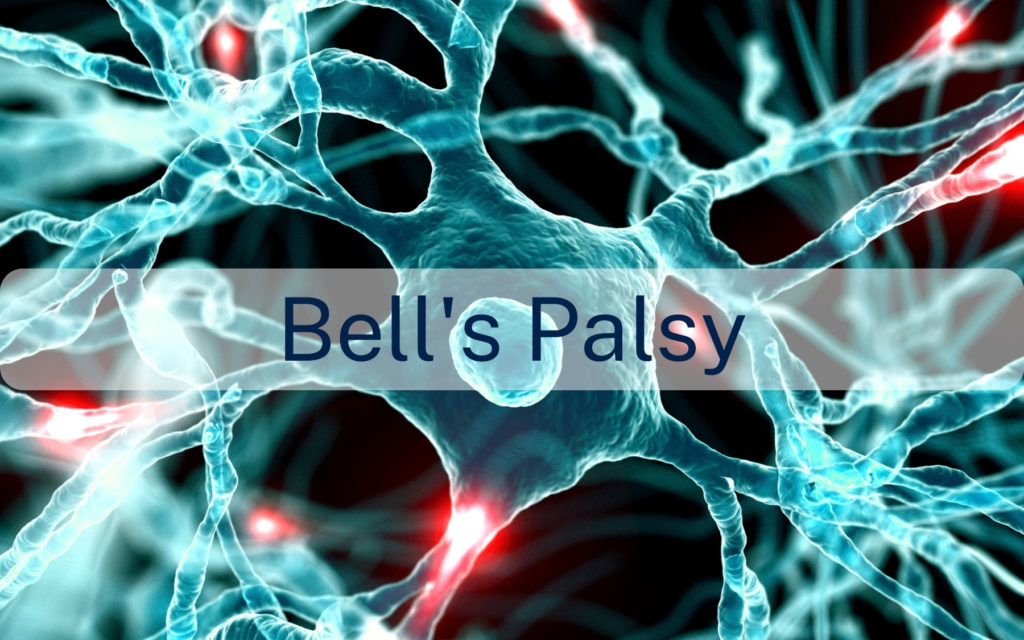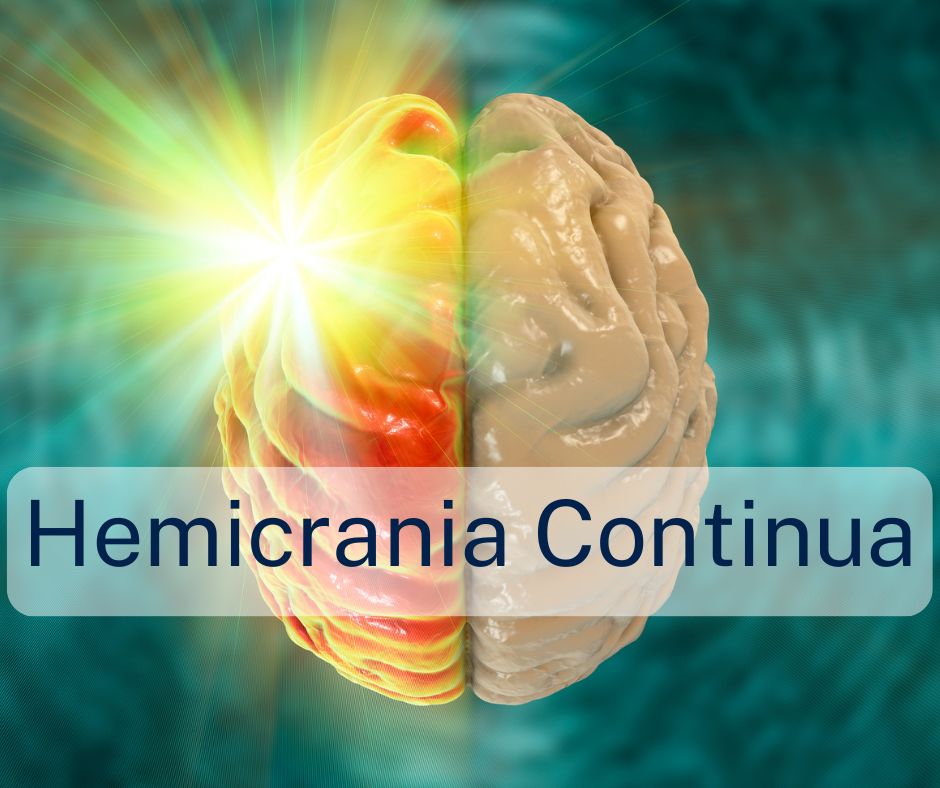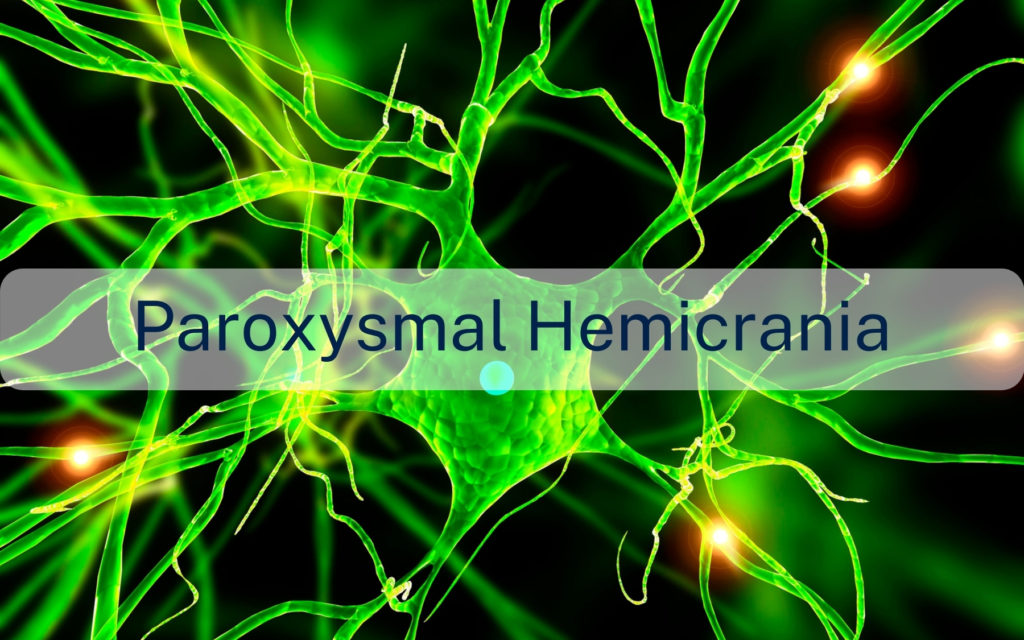Occipital nerve stimulation (ONS) aims to treat cluster headaches, migraine and craniofacial pain, including occipital neuralgia, which is chronic pain in the upper neck, back of the head and behind the eyes. It is used when other types of treatment have failed to work, however it is not a cure, it simply reduces symptoms. Typically, people who have success with occipital nerve stimulation may experience 80% blockage of their area of pain and greater than 50% pain relief.

How does Occipital Nerve Stimulation Work?
ONS uses a medical device system which is implanted under your skin at the back of your head. This device will send mild electrical impulses through the branches of nerves responsible for the pain. The pulse generator is powered by a battery (about the size of a matchbox), which is usually implanted under the skin on the chest.
The electrical impulses from the device do not stop or eliminate the pain, but block some of the pain signals going to the brain. This surgery is reversible as it does not cause permanent changes to the nerves.
How is the procedure carried out?
The procedure is carried out under general anaesthetic, which means you are asleep during the surgery. The surgeon will make a 3cm cut about 8cm up from the base of your neck, on the back of your head. This allows them to insert the electrodes into the back of your head and X-ray imaging is used to make sure the leads are in the correct position before stitching them into place.
As mentioned previously, the battery is inserted under the skin on the chest. The surgeon will create a ‘pocket’ in front of the muscle on the right or left of the upper chest. The battery pack is inserted into this pocket and connected to the leads, which will run under the skin from the back of your head.
Risks of Occipital Nerve Stimulation Surgery
There is an element of risk with any type of surgery, including infection, bleeding from the wound site and allergic reactions to drugs given during the procedure. Specific risks as a result of occipital nerve stimulation surgery include that the procedure may fail to relieve pain or lead to increased pain, stimulation of the wrong area or stimulator device failure. Your surgeon will discuss the potential risks and complications during your consultation.
This article is intended to inform and give insight but not treat, diagnose or replace the advice of a doctor. Always seek medical advice with any questions regarding a medical condition.






0 Comments